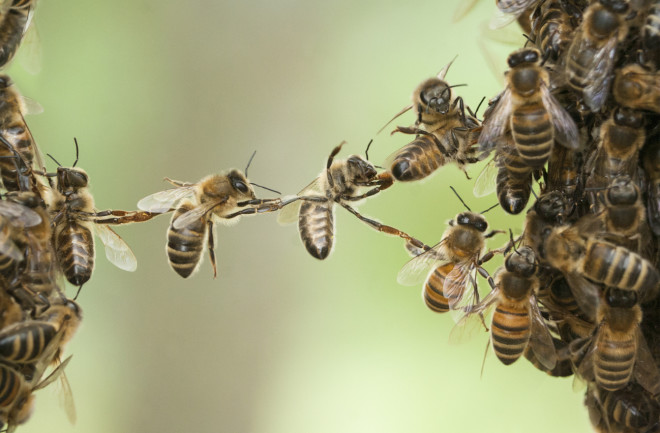Human beings — with our big brains, technology and mastery of language — like to describe ourselves as the most intelligent species. After all, we’re capable of reaching space, prolonging our lives and understanding the world around us. Over time, however, our understanding of intelligence has gotten a little more complicated.
Theoretical physicist Albert Einstein, for example, wielded a logical-mathematical intelligence. But we now recognize that there are other types of intelligence, too: emotional, bodily-kinesthetic, visual-spatial, musical and social, among others that are specific to different human skill sets. Each one of these types enables a person to solve problems relevant to their own situation.
And beyond the different varieties of intelligence among humans, scientists are starting to understand the capacity for intelligence in other species — outside of the narrow, human-centric conceptions that have framed our picture of intelligence until now.

